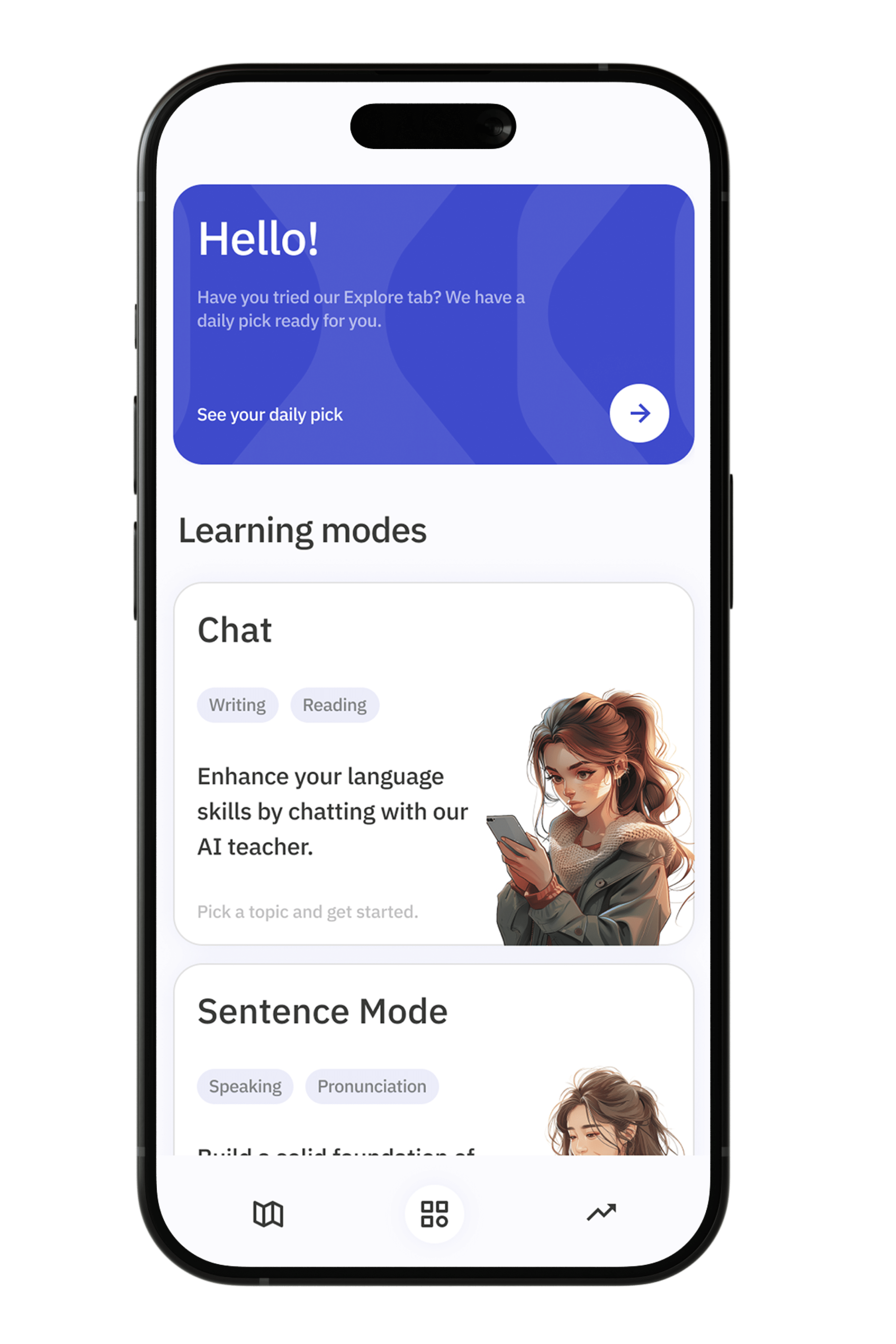Pick a language and start learning!
Indirect object pronouns Exercises in Italian language

Indirect object pronouns in Italian play a crucial role in the structure and fluidity of sentences, enabling speakers to indicate to whom or for whom an action is performed without redundancy. Mastering these pronouns is essential for achieving fluency and ensuring that conversations and written texts are both clear and natural. Italian indirect object pronouns include "mi" (to/for me), "ti" (to/for you), "gli/le" (to/for him/her), "ci" (to/for us), "vi" (to/for you all), and "gli" (to/for them). These pronouns replace the noun that is the recipient of the action, streamlining communication and avoiding repetition.
Understanding the correct placement of these pronouns within a sentence is equally important. Generally, indirect object pronouns precede the conjugated verb, except in the case of infinitive constructions, gerunds, and imperative forms, where they attach directly to the verb. For example, "Io do il libro a Maria" (I give the book to Maria) becomes "Io le do il libro" (I give her the book) when using the indirect object pronoun. Through focused practice, you will learn to seamlessly integrate these pronouns into your Italian vocabulary, enhancing both your comprehension and expressive abilities in the language.
Exercise 1
<p>1. Ho dato *loro* il libro ieri (to them).</p>
<p>2. Puoi spiegare *mi* questa regola? (to me).</p>
<p>3. Non ho mai detto *gli* la verità (to him).</p>
<p>4. Lei ha scritto *le* una lettera (to her).</p>
<p>5. Abbiamo comprato *vi* un regalo (to you all).</p>
<p>6. Hanno portato *ci* dei fiori (to us).</p>
<p>7. Potresti prestare *mi* la tua penna? (to me).</p>
<p>8. Stiamo inviando *loro* un invito (to them).</p>
<p>9. Hai raccontato *gli* tutto? (to him).</p>
<p>10. Lei ha mostrato *le* le foto del viaggio (to her).</p>
Exercise 2
<p>1. Maria *le* ha dato il libro (pronoun for 'to her').</p>
<p>2. Ho scritto una lettera *gli* (pronoun for 'to him').</p>
<p>3. Non *ci* hanno detto nulla (pronoun for 'to us').</p>
<p>4. Puoi portare *mi* il giornale? (pronoun for 'to me').</p>
<p>5. Abbiamo mandato un regalo *vi* (pronoun for 'to you all').</p>
<p>6. Il professore *le* ha spiegato la lezione (pronoun for 'to her').</p>
<p>7. Non *gli* ho ancora parlato (pronoun for 'to him').</p>
<p>8. Devo raccontare tutto *ti* (pronoun for 'to you').</p>
<p>9. Lei *ci* ha chiesto di aiutarla (pronoun for 'to us').</p>
<p>10. Marco *mi* ha prestato il suo libro (pronoun for 'to me').</p>
Exercise 3
<p>1. Ho dato il libro *a lui* (to him).</p>
<p>2. Lei ha scritto una lettera *a me* (to me).</p>
<p>3. Abbiamo regalato un giocattolo *a loro* (to them).</p>
<p>4. Hanno portato i fiori *a noi* (to us).</p>
<p>5. Mario ha raccontato la storia *a voi* (to you all).</p>
<p>6. Ho telefonato *a lei* (to her).</p>
<p>7. Puoi spiegare la lezione *a me* (to me)?</p>
<p>8. Hanno mostrato le foto *a noi* (to us).</p>
<p>9. Ho prestato il denaro *a lui* (to him).</p>
<p>10. Lei ha inviato una cartolina *a loro* (to them).</p>







